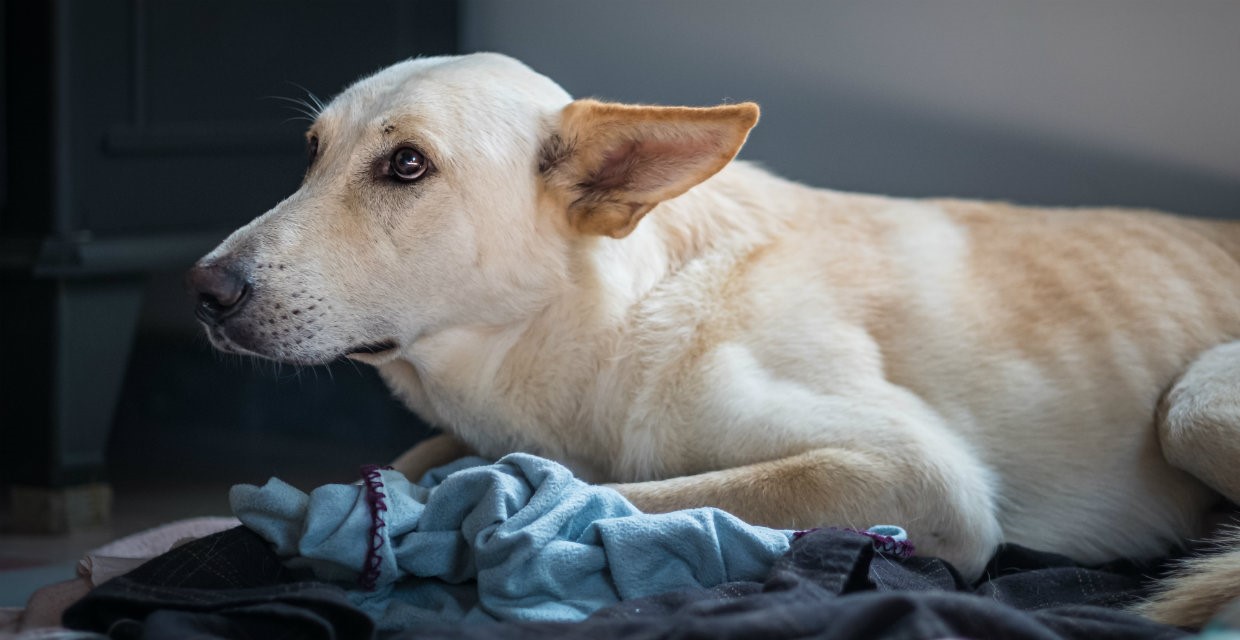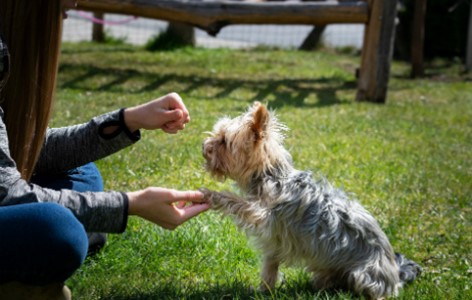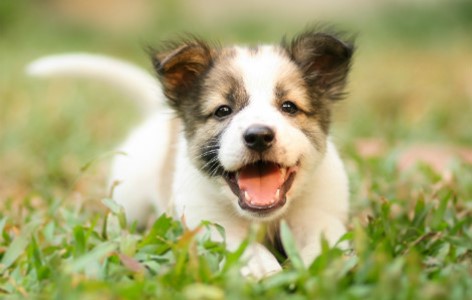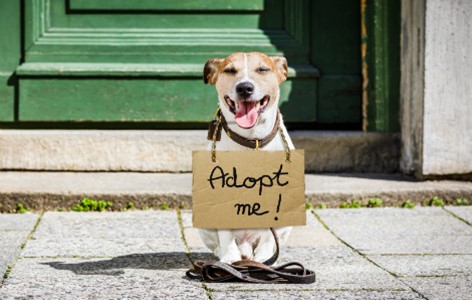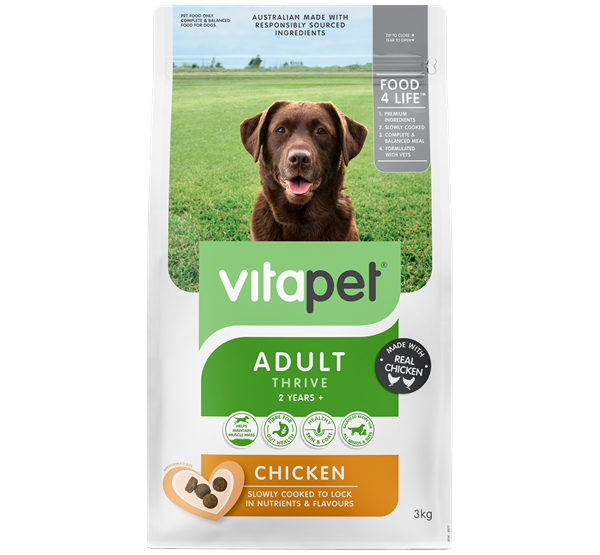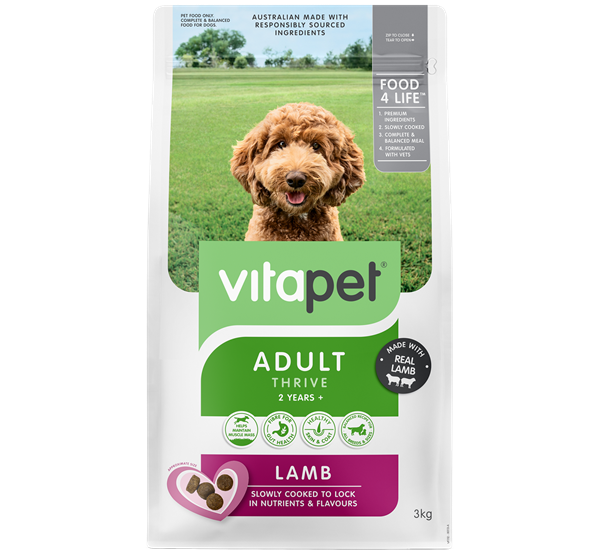Kids and dogs can share a wonderful relationship but did you know that kids are most at risk of a dog bite injury?
Research has shown that incidences of dog bite injuries to children that require medical attention are highest in one-year olds. And, in 73% of these cases, the dog was familiar to the child1. When dog bites occur in children, they most commonly affect the face, head and neck area with toddlers and mobile babies most at risk.
So why do dogs bite kids and can this awful situation be avoided?
Many people cannot readily interpret fear and anxiety in dogs and are not aware of the risk of bites during interactions between children and dogs. Children are also poor at reading and responding to the more subtle body language dogs may show to say they’re fearful and anxious and so many dogs resort to more effective body language like growling, snapping and biting.
First and foremost, it’s important to understand why dogs bite kids. Dogs rarely bite for no reason. This is good news, because it means most dog bites can be avoided.
The majority of dog bites occur because the dog is feeling scared, anxious, is in pain or is guarding a resource of value, such as a bone, their food or their bed.
Dog’s that have had negative experiences with children or people are more likely to show aggression due to a negative association.
Many common scenarios can increase the risk of a dog bite. These include accidently hurting a dog, approaching a scared dog, staring at a dog, putting your face too close to a dog’s face, kissing a dog, hugging a dog, pulling their fur, tail or ears.
Do certain dog breeds pose more of a bite risk?
Research doesn’t support certain breeds being more risky than others when it comes to the likelihood of receiving a bite. However, larger dogs with stronger jaws typically do more damage when they bite due to their size and strength.
Dog bites to kids can generally be avoided by following these steps:
- Practice good management and active supervision
- Know the signs to look for which indicate a dog may be likely to show aggression
- Teach your own dog and children appropriate interactions
- Socialise your puppy to children in a positive way or adopt an adult dog that has been socialised well with children
- Don’t approach unfamiliar dogs without first asking the owner if their dog likes kids and observing the dogs body language to make sure
1 Schalamon, J., Ainoedhofer, H., Singer, G., Petnehazy, T., Mayr, J., Kiss, K., & Höllwarth, M. E. (2006). Analysis of dog bites in children who are younger than 17 years. Pediatrics, 117(3), e374-e379.












